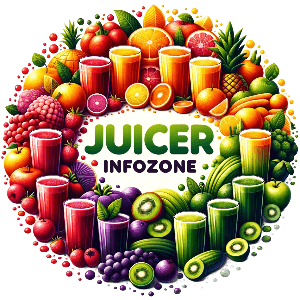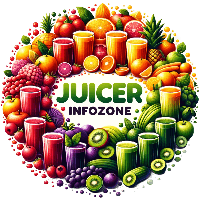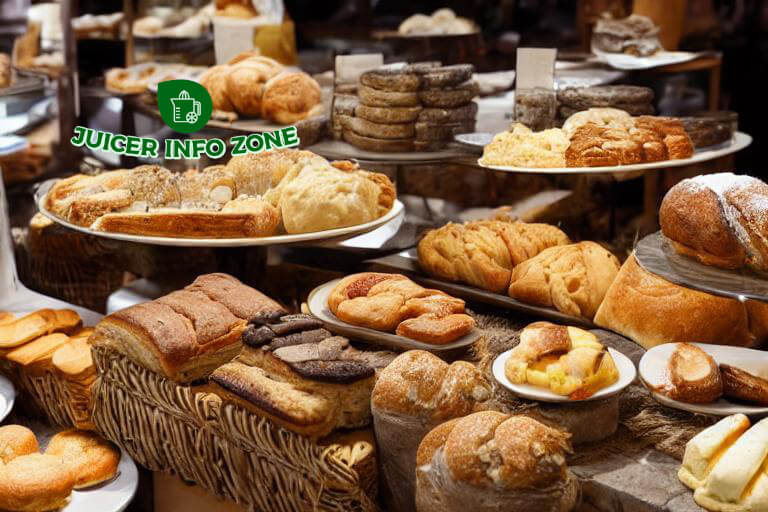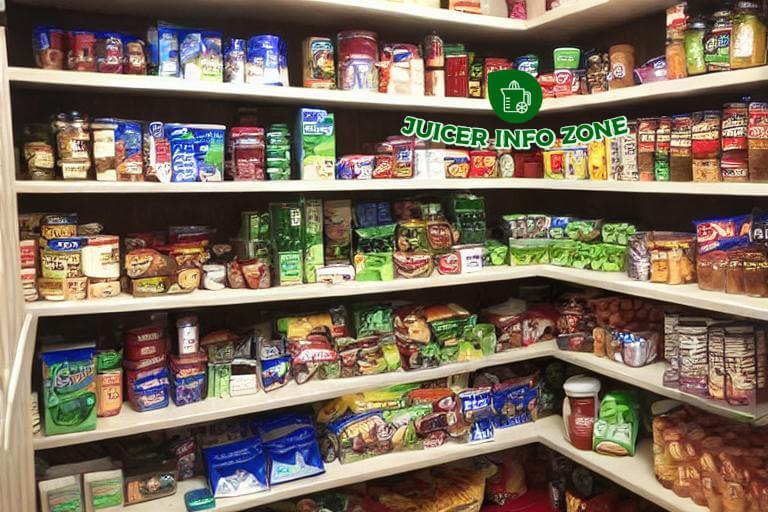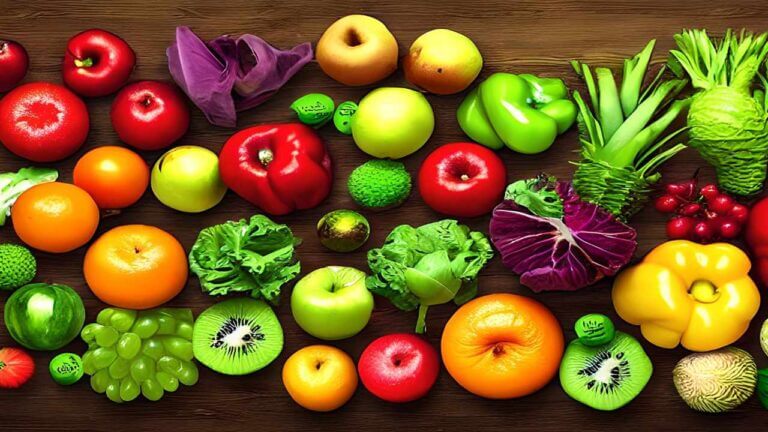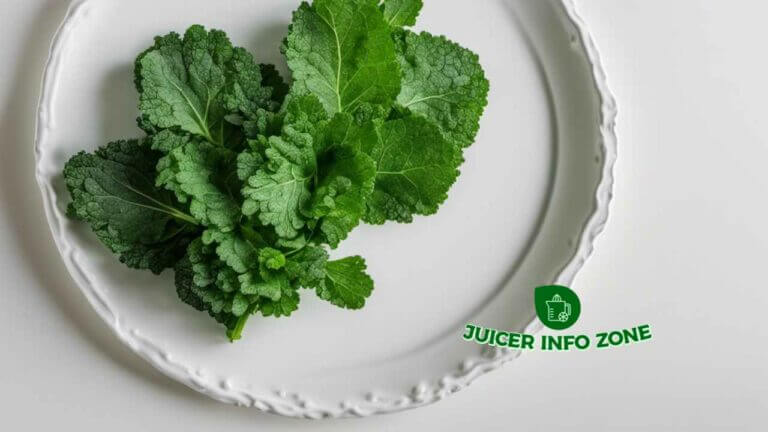The Banana Diet: Another Japanese Fad Diet
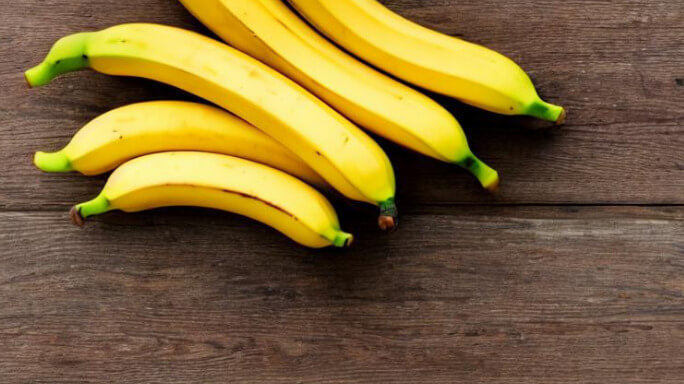
If looking for a simple diet that can be used to shed the last pesky 20 pounds or so then perhaps you may be looking into the banana diet. The banana diet is a recent phenomenon in Japan and has been making the rounds of their social networking sites, diet sights and has even generated a few books and magazine articles.
The diet is still in its infancy in the fact that it has yet to be studied on a clinical basis, and has flown under the radar and some of the harsh criticisms that some diets endure. Advocates of the diet say simply that you have nothing to lose. The diet does limit some of the foods you can eat or drink, but not to the point of deprivation. And the mainstay of the diet is the banana, if the diet doesn’t work for you you’re not out anything but time.
The banana diet as the name implies requires that bananas are eaten at breakfast. More than one may be eaten. The rules are simple. Eat slowly and be mindful of its taste. Two, eat until you are satisfied, but not stuffed (think 7 on a scale of 1 to 10). Three, eat raw, fresh bananas. Four, drink purified or filtered water at room temperature.
Here are some great options to juice your banana’s with the best juicer under $100.
What are the Key points of this Diet?
Do not use water to wash down food. Simply sip it throughout the day to alleviate thirst. Lunch and dinner may for the most part be eaten normally, though the diet recommends decreasing the intake of rice and finding alternatives to grilled food. You are also required to keep a food journal.
One to two snacks per day are permitted. If you are hungry two hours after eating breakfast, a rice ball may be eaten. Desserts are not permitted at any meal but they are encouraged as the afternoon snack. Virtually anything that satisfies the sweet tooth will do but it is recommended to avoid donuts or ice cream.
For someone craving a salty snack, popcorn would be preferred over potato chips. Many fruits can be substituted for the sweets during the snack but do not deprive yourself of that cookie if that’s what you want. The idea is that deprivation leads to stress, stress leads to overeating.
What are the Drs saying about this Fad weight loss approach?
Exercise only if you feel comfortable doing so. The diet recommends taking a good half-hour walk per day at the minimum but accepts that everyone’s tolerances are different, and people who don’t want to exercise will only be stressed out by doing so.
This diet is about limited structure and is more about guidelines than actual rules. Many of the recommendations are helpful to incorporate into any diet, such as eating food slowly, allowing one to two snacks between meals, not eating within four hours of bedtime and keeping a journal of what you eat are all recognized tools in helping develop healthy eating habits.
In terms of sustainability the banana diet is somewhat akin to the grapefruit diet. The majority of its success is likely in the fact that breakfast has been replaced by a high-fiber fruit eaten until one is not hungry.
Sensible options are provided for snacking, and unhealthy choices at lunch and dinner are given alternatives. Put these little pieces all together and the banana diet might make weight loss easier by making you more aware of what you are eating and more aware of when you are satisfied without being stuffed, and might explain why this Japanese fad diet has been so successful in gaining followers.
